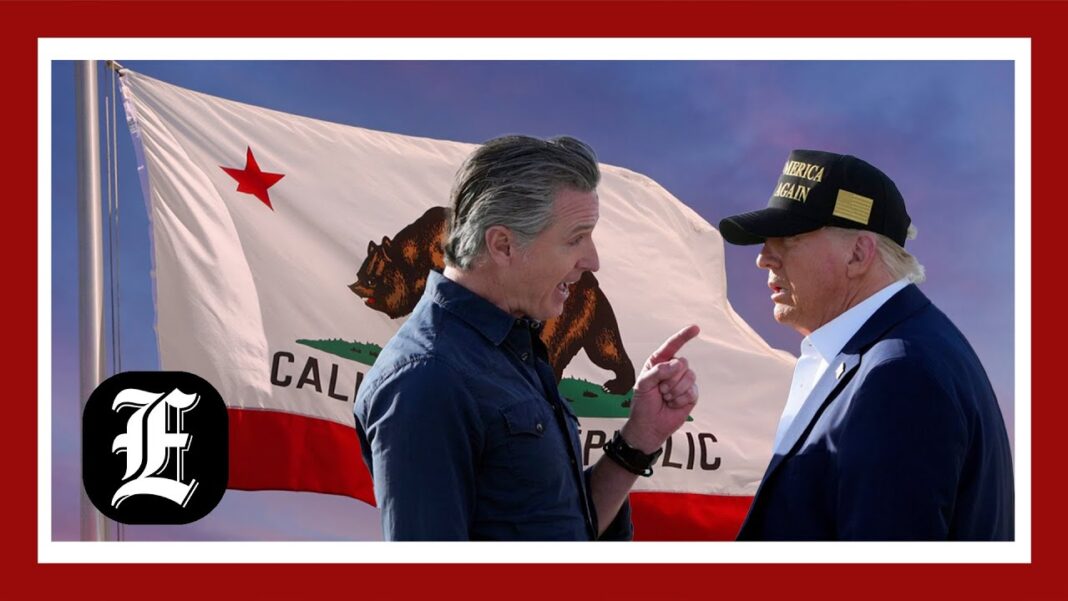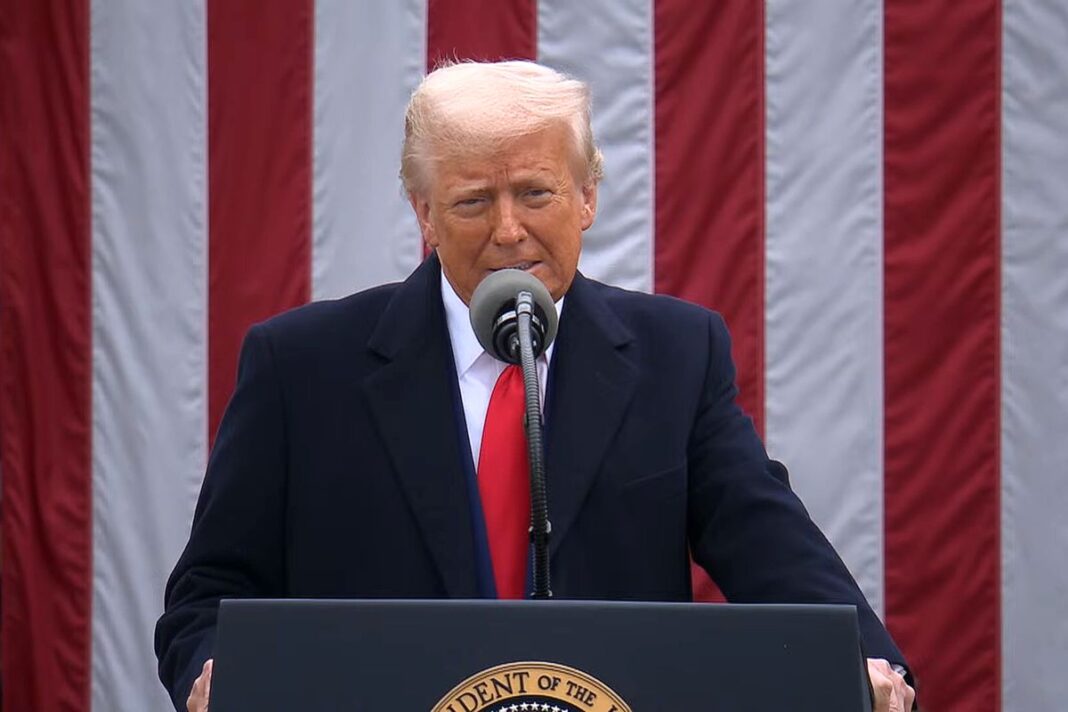The win secures a fourth consecutive term in government for the Liberals.
The Liberals have won Canada’s April 28 election, forming government for a fourth consecutive term, with Mark Carney remaining prime minister.
As of 6 a.m. EST on April 29 with 99 percent of the polling results available, the Liberals were either elected or leading in 168 ridings, the Conservatives in 144, Bloc Québécois in 23, the NDP in seven, and the Greens in one, while vote counts continue.
In order to win a majority government, a party needs to win the majority of the 343 seats in the nation’s House of Commons.
Preliminary election results also show Conservative Leader Pierre Poilievre and NDP Leader Jagmeet Singh losing their seats. Poilievre said he’ll stay on as leader, while Singh said he would step down.
The election win marks a remarkable feat for Carney, a former central banker who turned the Liberals’ fortunes around after winning the party’s leadership race on March 9 to replace Justin Trudeau, and was sworn in as prime minister on March 14.
In his victory speech, Carney put emphasis on the need for national unity, boosting the country’s economy, and responding to U.S. tariffs under President Donald Trump and the U.S. president’s remarks about wanting Canada to be a part of the United States, a central focus of Carney’s campaign.
“Let’s put an end to the vision and anger of the past. We are all Canadian, and my government will work for and with everyone,” Carney said, while thanking his election rivals.
Carney said under his leadership, Canada is going to “build, baby, build,” create hundreds of thousands of “good jobs,” and make Canada an “energy superpower in both clean and conventional energy.”
“It’s time to build an industrial strategy that makes Canada more competitive while fighting climate change,” he said.
Carney repeated his prior comments that with the Trump presidency, America’s relationship with Canada based on the “system of open global trade” has fundamentally changed, calling it a “betrayal.”
“When I sit down with President Trump, it will be to discuss the future economic and security relationship between the two sovereign nations, and it will be with our full knowledge that we have many, many other options than the United States to build prosperity for all Canadians,” he said.
The win secures a fourth consecutive term in government for the Liberals, following Justin Trudeau’s 2015 victory over the Harper Conservatives, winning a majority, followed by minority governments in 2019 and 2021.
Carney, who holds a master’s and doctorate in economics from Oxford, served as governor of the Bank of Canada from 2007 to 2013 and of the Bank of England from 2013 to 2020. After 2020, he became active in the private sector and also served as the U.N. Special Envoy on Climate Action and Finance, resigning earlier this year to enter the race for the Liberal leadership.
The Liberal leader won handily in his own riding of Nepean in Ottawa with 64 percent of the vote, marking the first time he has been elected to public office. His Conservative rival Barbara Bal came in second with 33 percent of the vote.
While vote counts continue, early election results show the Liberals increasing their seat count by eight and the Conservatives by 25 compared to the 2021 election. The Bloc Québécois, meanwhile, appeared to be losing nine seats, the NDP 18, and the Greens one seat.
Early election results also showed the Liberals increasing their share of the national vote to 43 percent compared to 33 percent in the 2021 election, and the Conservatives to 41 percent from 2021 election’s 34 percent.







